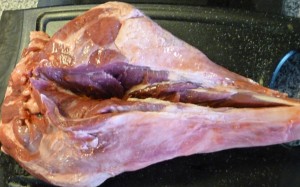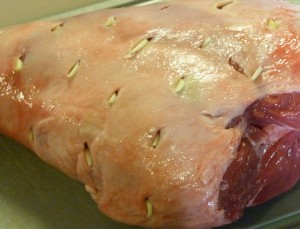9 September 2015

ARC Gloria
Once again I find myself apologising for not keeping this blog up-to-date but when I tell you why, I hope you’ll understand.
I do a number of different things to earn my proverbial ‘crust’ and one of these is the occasional provision of sound systems for modest events. This last weekend we had been engaged to provide sound for an outdoor event which was part of the Thames Festival, the annual celebration of London’s great waterway.
Now for those who think this might be a breeze, let me set the record straight. We loaded our cars with all the requisite equipment on Friday night (the ‘we’ being my son, a qualified sound engineer, and I, an enthusiastic amateur) ready for the morning.
Due on site at the venue, Potters Field next to Tower Bridge, by 8.30am, we set off around 7.30. When we got there, the main stage was ready for us. For some reason and unusually, we were not allowed to drive our vehicles onto the well-maintained grass and so had to traipse everything from the nearest roadway on foot across the grass to the stage. A lot of the equipment is heavy so this was a rather hard start to the day, but we were refreshed and cheered with the thought that the lovely grass was getting more churned by our constant walking back and forth carrying kit than it would have been with a single drive onto it in the cars.
It took us a couple of hours to get everything set up ready for the event start at noon. We ran the sound system throughout the day dealing with a number of acts (for ‘we’ read my son), finishing at about 6.30pm. It was not a particularly nice day weather-wise – it was cool, overcast, and had rained a little and there were not a vast number of people in attendance but we had had a good day.
When you spend a whole day on your feet, literally not sitting down at all, strange things happen to the body – everything that can go south does so, and you become very conscious that your blood is having difficulty climbing back up the veins in your legs, having enjoyed the free ride down through the arteries; the knees and feet swell and the legs feel a bit sore. Normally that’s OK because one gets the next day or two to recuperate but on this occasion, we were back on duty on the morrow.
I got home on Saturday evening about 8.30pm – we left the large items of kit there as there was overnight security so we did not have much to pack away. However, sleep after such a day is difficult and so I only managed a few hours.
On Sunday morning we were back at the venue again by 8.30am and this time, while my son rearranged his setup as he had not been happy with it the previous day, I set up a smallish PA on a stage for Colombia Day, a day of celebration for many of London’s Colombian community.
I have not had much contact previously with Colombians but I was immediately struck but the pleasantness and courtesy of everyone I came into contact with. As I was setting up, so were a great many others who were to sell a wide range of Colombian food throughout the afternoon. I was looking forward to this aspect of the day!
The first act due on stage had apparently got stuck on a train near Bristol and telephoned to say he would be a no-show – a sad but inevitable concomitant of unpaid acts – but we eventually got going and ended our part of the afternoon with a wonderful band, who took turns with an incredibly enthusiastic dance troupe, who did more costume changes than I have ever seen anyone make, and considering there were 8 of them this was no mean logistical feat.
During the afternoon, the crowd had grown considerably with a veritable wall of people building up between the stage and catering areas. This was estimated at from 5-6,000 people, just in our part of the park. I never got to try it but apparently the food queues were 1-2 hours long, matched only by the lines of people waiting to gain access to a toilet on another part of the site.
At 6pm the crowd moved to the main stage where the final Colombian band were to play in anticipation of the day’s main event, the passage of the Colombian square-rigger (shown above), the ARC Gloria.
Sharp at 7, Tower Bridge opened wider than I personally have ever seen it, and this majestic sailing ship came west under the bridge just missing the top by what seemed like inches, the whole crew lined up on the mast spars wearing jumpers in colours that made up the Colombian flag, and singing the national anthem (theirs, not ours!) to music provided by a military band lined up on the stern (that’s the rounded bit at the back!)
It turned through 180° just by HMS Belfast and then stopped while the band played more music. Tower Bridge then reopened and it passed eastwards whence it had come.
The crowd were ecstatic, absolutely beside themselves with happiness and so it took a while before they dispersed and once again, legs stiff with fatigue, we started de-rigging our systems as darkness descended on the park.
By the time we had packed everything away and stowed it back in the cars it was already 9.30pm. It took another hour to get back to our storage facility and drop the kit off, resulting in a 10.30pm homecoming, very tired.
Nonetheless, despite the discomfort and general weariness, we’d had a lovely day with lot of really lovely people doing something that made lots of people very happy – it doesn’t get much better than that. (Actually, it does, because despite all that, we get paid as well!)
So once again, the question is, what has all this to do with food, and the answer again is nothing, which is precisely how much of the wonderful-looking Colombian food I managed to get, but I wait in confident anticipation that my turn will come, and I am so looking forward to that.
























